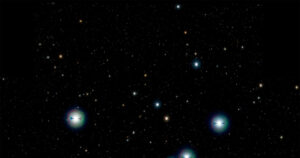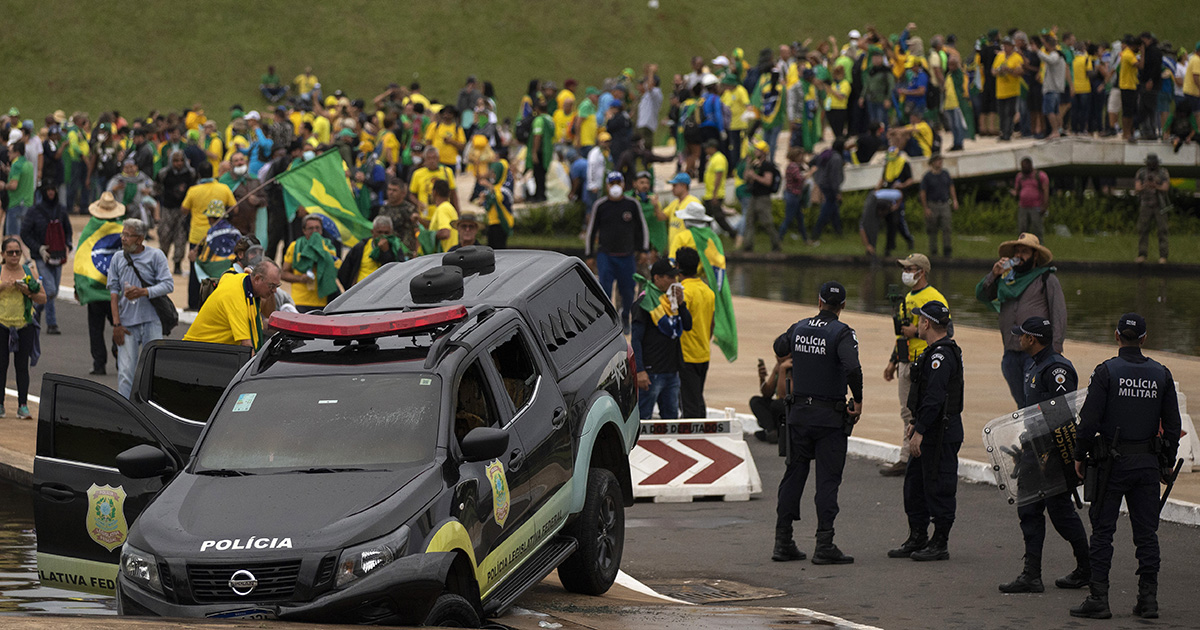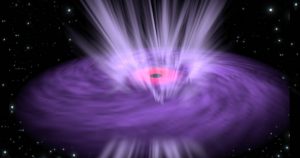 First photo of a supermassive black hole in the center of the M87 galaxy made by the Event Horizon Telescope project
First photo of a supermassive black hole in the center of the M87 galaxy made by the Event Horizon Telescope project
.
.
If you are reading this text, you are among the lucky people who lived to see a historical image for science. The first photo of a supermassive black hole in the center of Messier 87, a huge galaxy in the Virgo clump, has just been revealed. This black hole is 53.5 million light years away from Earth and has a mass of 6.5 billion times the mass of the Sun. These cosmic monsters known as black holes are small considering the universal scale, but with an immense mass to the point of generating a gigantic gravitational effect. And that makes it impossible for the light to escape from them – hence the name they receive. But to understand how big is the accomplishment of the Event Horizon Telescope team, a network of eight observatories around the world, let’s go back a little in time.
The year is 1975, and a young scientist named João Steiner has just defended his masters thesis at the Institute of Astronomy, Geophysics and Atmospheric Sciences (IAG) of USP. The thesis ‘A model for Cygnus X-1’ deals with the first source of X-rays, identified in the constellation of the Swan, accepted as a candidate for black hole. Until very recently, these singular objects were at best a well-constructed theory when an indirect proof of their existence – Cygnus X-1 – had been revealed.
We move on to 1995, the year of the discovery of a disc around the galaxy NGC 4258, which only the existence of a black hole could explain. Shortly thereafter, in 2002, a star named S2 is discovered, here in the Milky Way. Again, the characteristics of the orbit of S2 could only be explained if the invisible object around which the star moves was a black hole. After this observation, there was hardly anyone in the scientific community who doubted the existence of black holes.
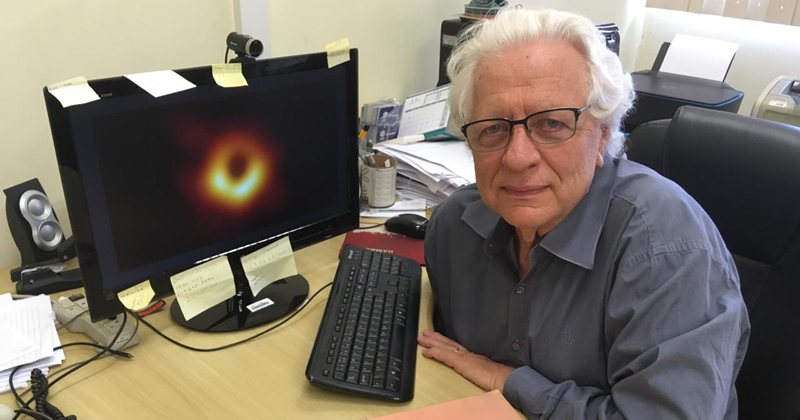
Before that, however, the number of skeptical scientists about the reality of these directly invisible objects was not negligible. For Steiner, however, long before, the evidence of the black holes was already strong enough not to shake his confidence. Not even in the 1970s, when a more experienced American researcher who lectured at the IAG needled the then-early scientist out of the room where the astrophysicist had just defended his thesis: “I do not believe in black holes, that does not exist”, said Charles Dean.
We jump to 2019, the year the first picture of a black hole is presented. Now, one of the greatest scholars of the phenomenon in Brazil, Steiner smiles as he remembers the story. “It’s part of the game. It is healthy to be skeptical in the scientific community, “he says. But he notes: “Only until the evidence is indisputable. You can not be skeptical of the evidence accumulated for decades, such as global warming, for example”.
On Wednesday, April 10, the IAG professor took turns at the event organized at the institute to retransmit the Event Horizon Telescope (EHT) conference and an academic meeting, scheduled (under some protests) for the same time. The statement by EHT project director Sheperd Doeleman explains the protests of those who wanted to accompany the event, and sums up its impact: “We took the first photo of a black hole,” he said. “This is an extraordinary scientific achievement of a team of more than 200 researchers,” Doeleman celebrated during one of the simultaneous press conferences around the world, where EHT revealed the success of the venture by displaying the first direct visual evidence of a supermassive black hole and its shadow.
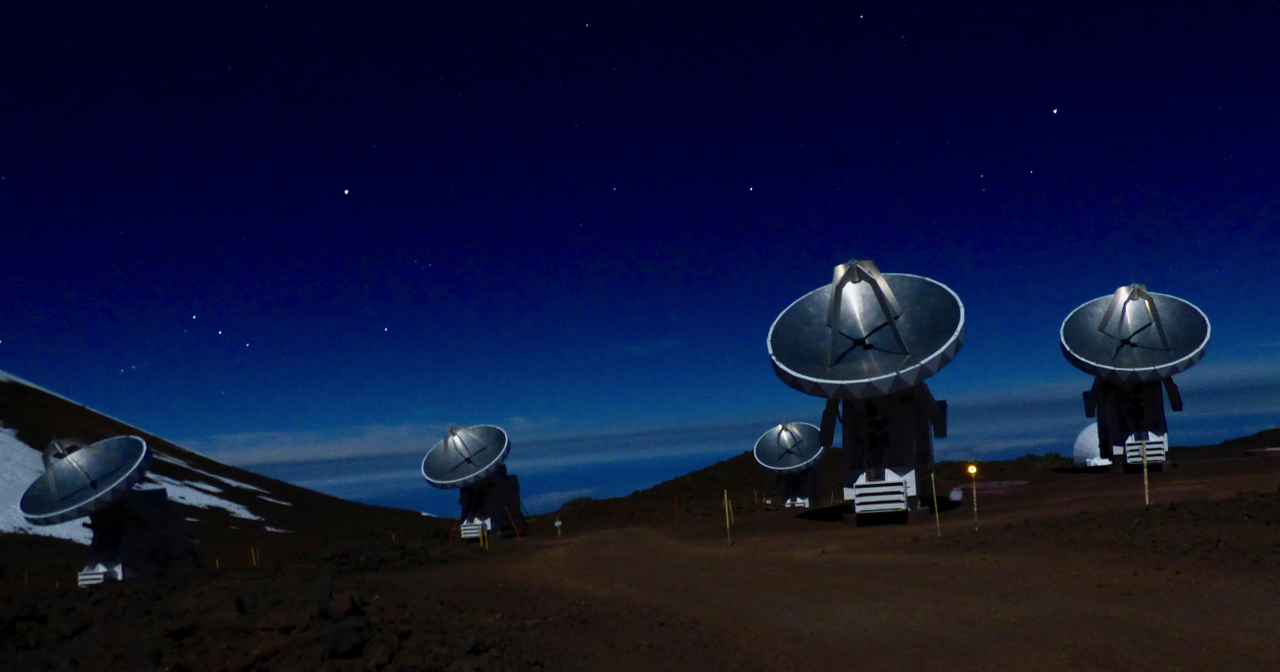
“We achieved something that was presumably impossible just a generation ago,” Doeleman concluded. “Advances in technology, connections between the world’s best radio observatories and ground-breaking algorithms have come together to open a whole new window on black holes and the event horizon”.
Rodrigo Nemmen, an IAG professor who researches black holes and organized the broadcast of the press conference in Brazil, echoes the excitement. “I’m electrified. Let’s enjoy this moment. This is the first time that our species takes a picture of one of the most amazing objects in the universe. This kind of thing happens only once in history”.
How is this possible?
The Event Horizon Telescope has its radio telescopes scattered around the planet, pointing to two supermassive black holes: Sagittarius A *, located in the center of the Milky Way, and an even more massive but distant black hole: 53.5 million light years away in the M87 galaxy – it was the latter that had its image revealed.
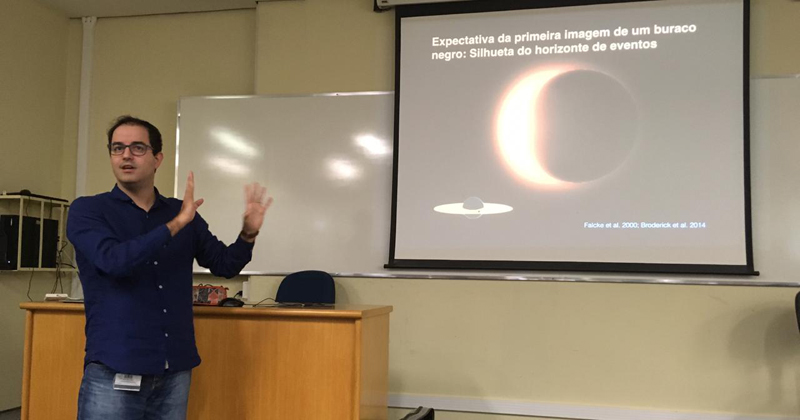
Exactly two years ago, in April 2017, the network banded together to observe the so-called event horizon of these black holes. It is the limit as far as the light can pass near the hole without being sucked by its extreme gravitational force. If even light can not escape, beyond the horizon of events everything is darkness. But along with gas, dust, and atoms crashing at extreme speeds, the microwaves of the gas disk that surrounds the hole (the so-called accretion disk) form a ring of radiation that can be captured to show us the contours of the black hole. And this is what the image reveals, obtained from the crossing of the observatory data.
However, capturing this radiation was not enough. The processing of the data obtained by interferometry of the waves captured through each of the telescopes required a robust technology and the work of a huge group of scientists for two years. Therefore, only now the images have been presented.
What are we seeing?
The image captured the shadow of the black hole inside the disk of shiny material that accompanies it. Because of the intense gravity near a black hole, the trajectory of the light shown in the image, corresponding to the radiation of the disk, is deformed around the event horizon and appears as a ring. The image is brighter on one side than the other because the accretion disk is spinning around the black hole. A relativistic effect similar to the Doppler effect (distortion observed in the waves emitted by a moving source) causes the side of the disk that rotates towards the Earth to appear brighter, while the same effect causes the side of the disk that is moving away from the Earth to look darker.
What are we going to do with it?
This photo will certainly be framed and hung in the offices of many scientists around the world – and will help popularize scientific research at a time when science is under attack. But its importance goes far beyond that. The first real picture of a black hole will help astronomers and physicists better understand these mysterious objects. If there are improvements to be made in Albert Einstein’s theories, the best phenomenon in the Universe to know them is a supermassive black hole whose existence he even predicted. “Making images of the event horizon is an important confirmation of Albert Einstein’s theory of general relativity,” says Steiner.
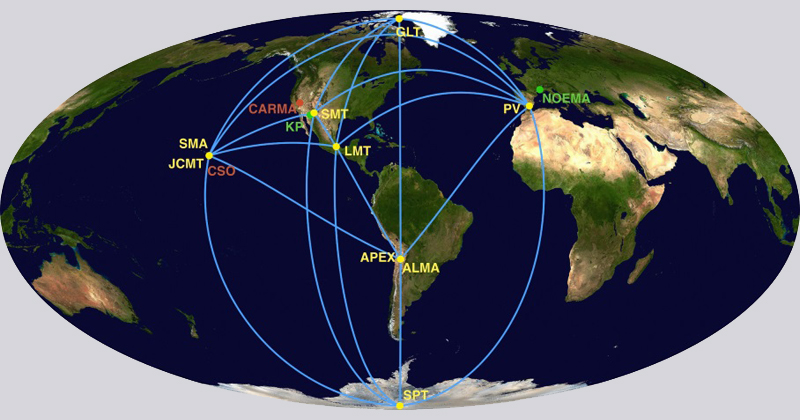
The theory of general relativity predicts the deformation of spacetime by objects of high mass, in addition to predicting the existence of black holes, the densest objects in the Universe. Thus, the curvature they would create would be so great that, from a certain point called the horizon of events, not even light could escape. Therefore, if the theory is correct, black holes should be observed as approximately circular regions without any emission of radiation. That is, what we would see would be just matter orbiting around the event horizon. And that is exactly what the EHT image has shown us.
In addition, the IAG professor emphasizes that the mass of the black hole calculated from the image is very close to the results obtained by other means, which validates important methodologies for the research in astrophysics. Finally, he also points out that the degree of resolution of the image presented “is an extraordinary technological achievement.”
The accomplishment of the EHT was also announced in a series of six articles that have just been published in a special edition of The Astrophysical Journal Letters.
Luiza Caires
Scientific consulting: Natália Del Coco
.





